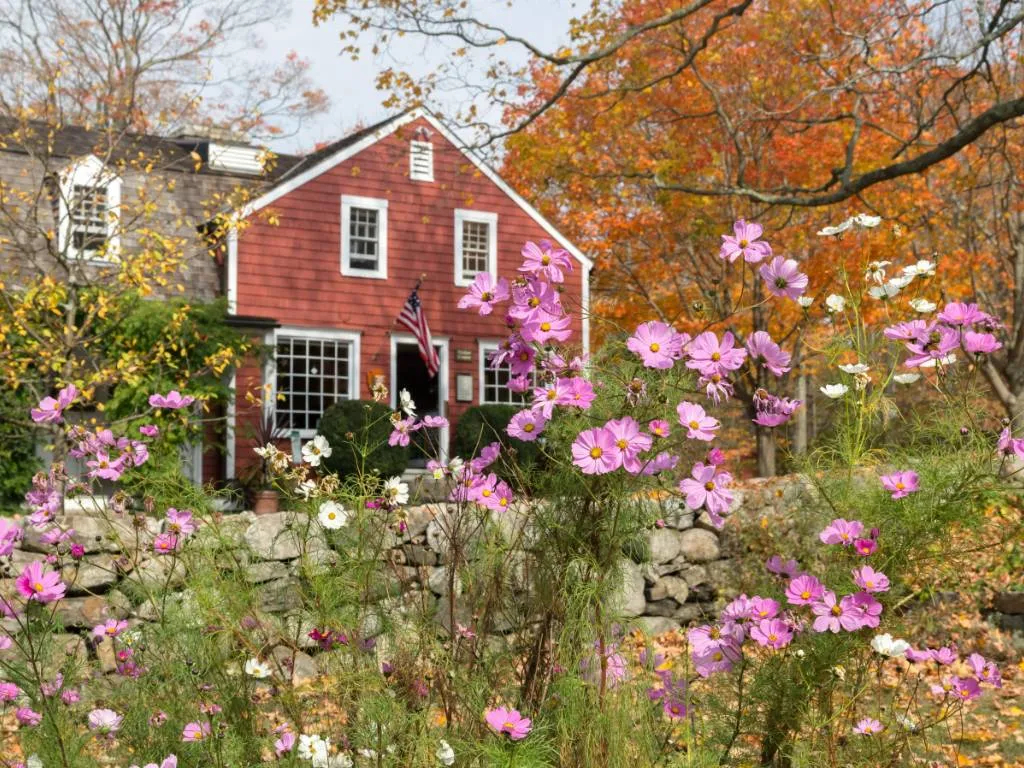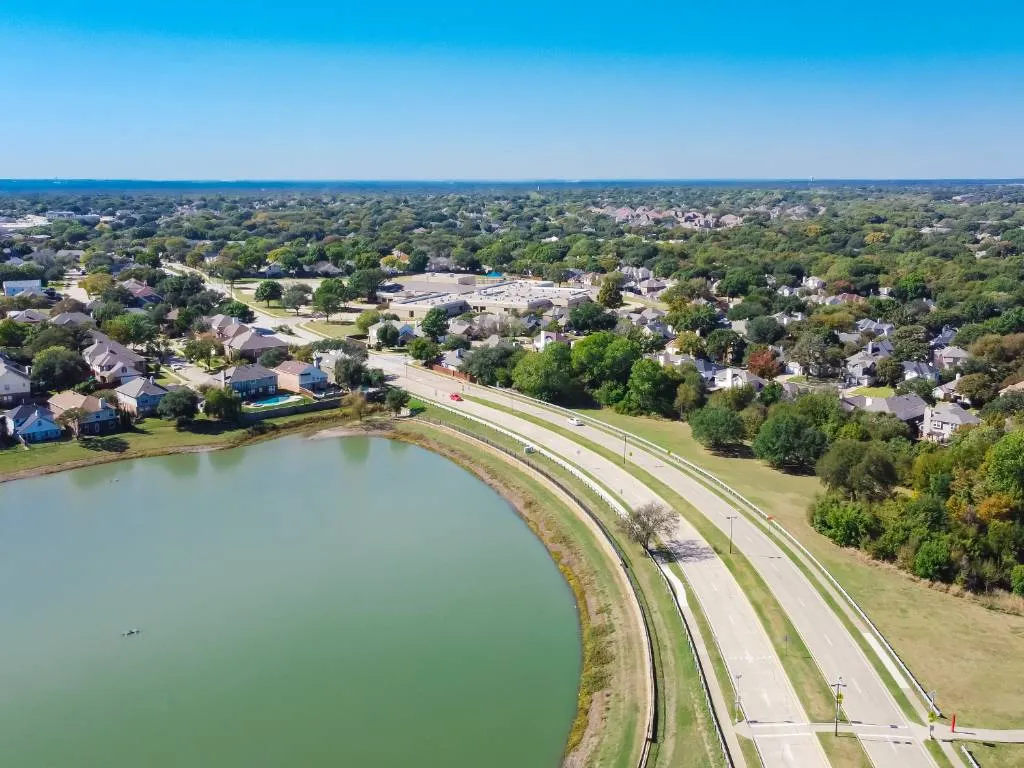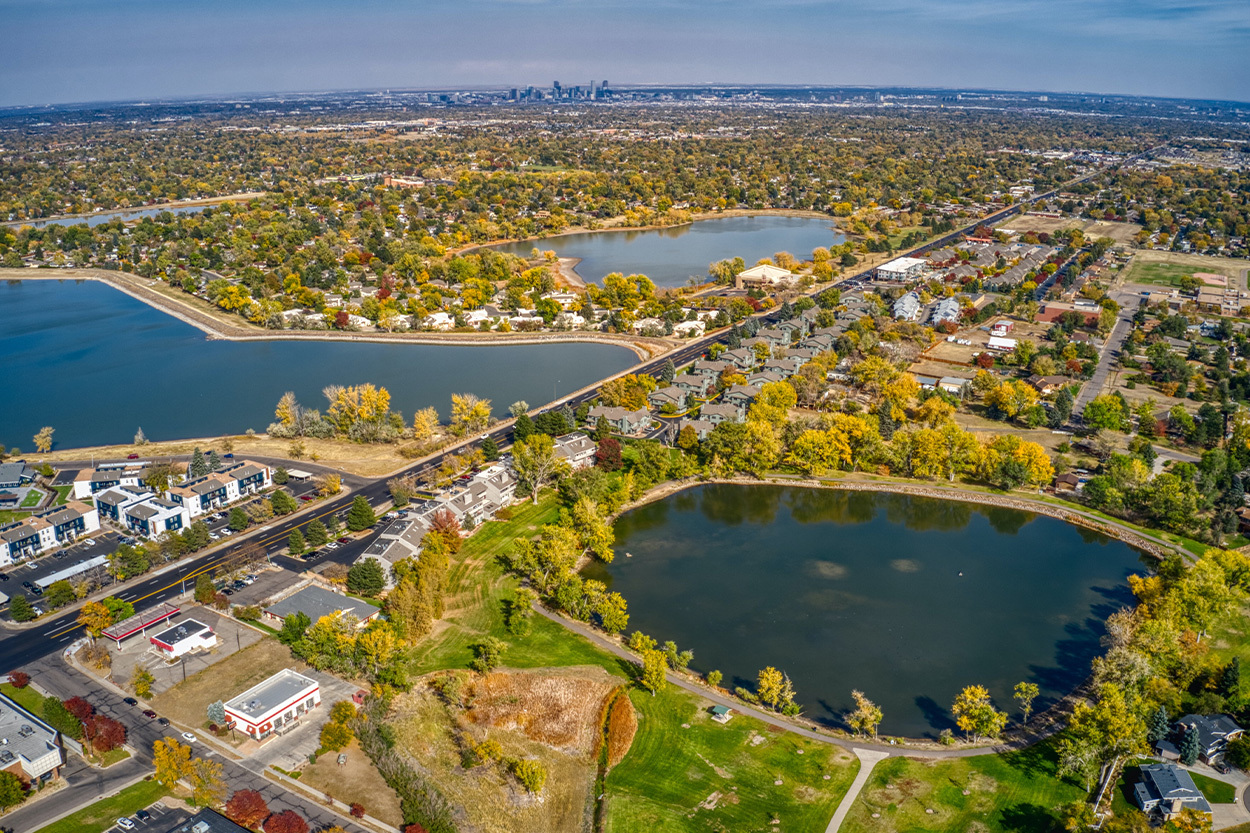10 Things to Know Before Moving to Wilton, CT

Located in the Norwalk River Valley, Wilton is a town in Fairfield County, Connecticut, that offers convenient access to New York City.
In 1640, European settlers paid Native Americans for the now Wilton area. Wilton became its own parish in 1726 after 40 households founded a Congregational church, but it had been considered part of Norwalk until then. In 1802, Wilton was awarded a Town Charter.
Wilton has everything a family would want in a safe, welcoming town. It’s a quaint old town not far from the big city, making it convenient to get to and from work every day.
Let’s check out ten things to know before moving to this city!
1. New York and Stamford are nearby
You can easily make the trip to Stamford or New York City by car. Wilton is ideally positioned for commuters to New York City; residents can take the train from Wilton, Cannondale, or Branchville on the New Haven Line Danbury branch to reach Grand Central Station in under 90 minutes.
The Danbury Branch of the Metro-North New Haven line has stops in Wilton at Branchville, Wilton, and Cannondale, all of which provide access to GCT.
2. Enjoy the outdoors at Woodcock Nature Center or Weir Farm National Historic Site
Woodcock Nature Center is one of many popular outdoor sites in this picturesque city; it spans 179 acres of state-protected land and features three miles of trails that go through a variety of ecosystems, such as a forest with stands of different trees, a pond, and wetlands.
The Weir Farm National Historic Site is an inspiring place to visit for anybody who values creativity and community. There are plenty of opportunities for outdoor recreation, such as hiking and bicycling, as well as a wide variety of sports teams and excellent shopping.
3. The city has a thriving arts council
The Wilton Arts Council serves as a voice for Wilton’s thriving artistic community, which also hosts numerous annual celebrations and events.
Wilton Children’s Theater provides a one-of-a-kind theatrical experience for the children of the community, while the Wilton Trackside Teen Center provides a wide variety of activities for teenagers.
4. Wilton has four public schools
Many families looking for a place to live in Connecticut choose Wilton because of its excellent school system. Wilton has a highly regarded Board of Education that manages the four public schools in the town.
The Miller-Driscoll School serves students in kindergarten through second grade, the Cider Mill School educates students in grades three through five, the Middlebrook School serves students in grades six through eight, and Wilton High School educates students in grades nine through twelve. If you’re looking at a specific school for your children, you can check out how close the listed homes are to that institution.
5. Wilton has a traffic problem
If you choose to live in Wilton, be prepared for the occasional traffic you’ll have to endure. The city’s inhabitants, on average, spend 39 minutes in transit on their way to work. The average commute time in all of Connecticut is only 27 minutes.
If you’re coming from a city where the roads are not often congested, it might take a while to get used to living in Wilton.
6. Take a walk down the Wilton Town Forest
Wilton Town Forest, a 188-acre rough forest, is the largest publicly accessible open area inside the town limits; it lacks amenities but can be explored via hiking paths and equestrian byways.
The Blue Trail is the primary path and is 2.9 miles long; it is also a challenging path for mountain bikers.
With the exception of two fragrant groves of hemlocks, most of Wilton Town Forest consists of deciduous trees that shed their leaves seasonally.
Sheep Falls is the primary attraction in this park’s northeast corner; from there, you can follow the beautiful Barrett’s Brook all the way back to Branch Brook Road.
7. Shop at Wilton River Park Shopping Center
Located to the south of the town library, this open-air shopping complex has a pleasant, retro look and feels like it was built back in the 1950s or 1960s.
Goldenberry Gourmet & Gift is a shop worth checking out because it carries exotic and unusual foods from all across Europe and the United Kingdom.
Wilton River Park also has some of the best restaurants in the area, including Cactus Rose Cantina, Happy Wok, Tom E Toes Restaurant & Pizza, and Craft 14 Kitchen + Bar, which serves casual new American cuisine.
8. Catch a show at Wilton Playshop
Since its inception in 1937, the Wilton Playshop has been entertaining locals and providing valuable experience to those engaged in the production both on and off stage. This volunteer-run, non-profit community theater typically puts on four shows per year.
Philadelphia Story, Evita, Chicago, West Side Story, and The Lion in Winter are just a few of the recent shows that have been performed.
The Applause Series runs year-round and features performances of music and literature as well as previews of works in progress.
9. Summers are warm, and winters are chilly
Wilton has warm, wet summers and frigid, snowy winters. Temperatures rarely drop below 7 degrees Fahrenheit or rise above 89 degrees Fahrenheit throughout the year.
From the beginning of June to mid-September, during the warm season, average daily highs are above 73 degrees Fahrenheit. July has the highest average temperature in Wilton, at 81 degrees Fahrenheit, and the lowest, at 65 degrees.
From early December to mid-March, the cold season lasts about 3 months, with average daily highs below 45°F.
10. Living here costs 75% more than the national average.
With a whopping cost of living index of 175.7, Wilton has a higher-than-average cost of living. Living in this city costs 64% more than the other cities in Connecticut, which is already an expensive state to live in itself.
Wilton’s median home price is double the national average, at a whopping $952,876. You should be prepared for this city’s astronomically high cost of living if you choose to move here.
To Sum it All Up
Wilton offers great schools, opportunities for outdoor activities, shopping, and a thriving arts scene. However, the city also has a high cost of living and a traffic problem.






